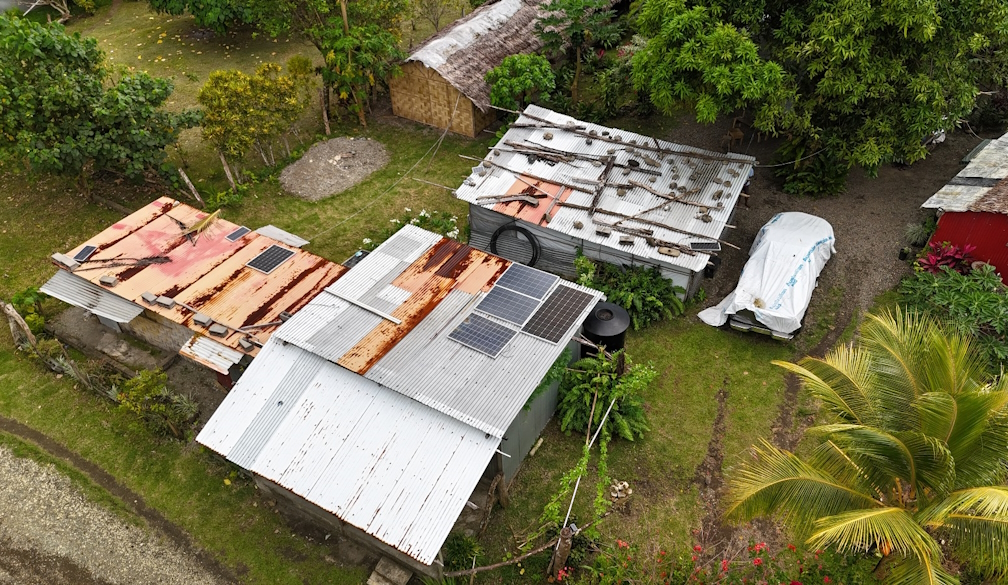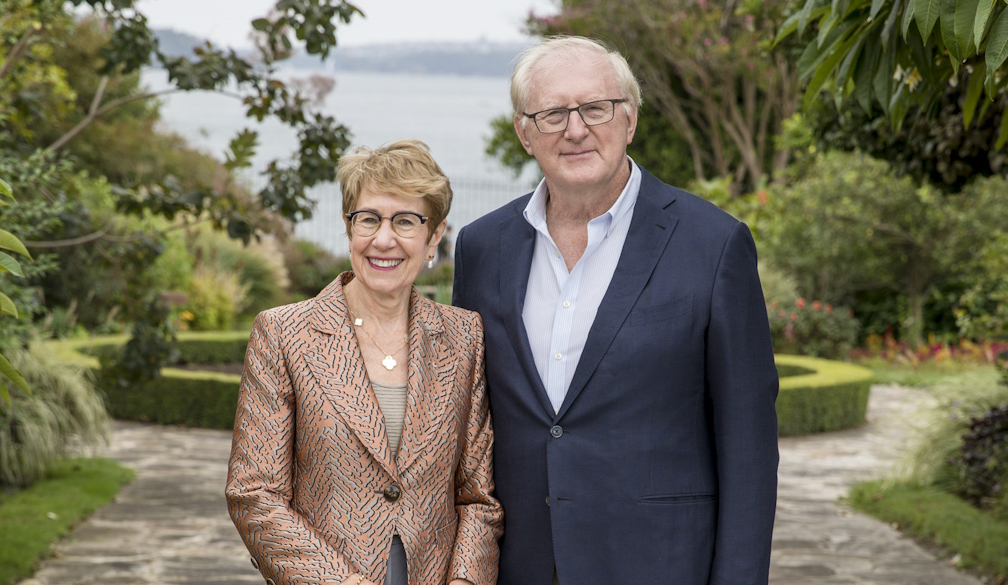The global off-grid solar industry should invest more in product repair

Off-grid solar: growing demand for comprehensive product repair initiatives
A report outlines the opportunity to extend the life of off-grid solar products in rural communities.
The global off-grid solar industry should invest more in product repair approaches to improve energy access in remote communities. That’s the main finding of a new report into off-grid solar repair, which says the sector needs to focus on strategies that extend product lifespans and reduce wastage.
Over the past decade, there has been a boom in household solar products, providing safe and affordable electricity to off-grid and hard-to-reach communities in developing countries. But these products are also quick to fall into disrepair.
The State of Repair in the Off-Grid Solar Sector report, co-authored by UNSW Sydney researchers in partnership with Solar Aid, surveyed 75 stakeholders in the solar sector from companies and organisations operating in 31 countries about their repair ethos and practices. The report found that 90 per cent of all off-grid distributors have some form of repair service but are hindered by a lack of available spare parts, modular designs, limited consumer protections and inadequate repair training.
“If these products can be repaired, people will have better and more consistent access to light and electricity at the household level,” says Associate Professor Paul Munro, co-author of the report from the School of Humanities & Languages at UNSW Arts, Design & Architecture. “It would reduce waste flows in countries where facilities are often quite limited for recycling or processing waste, and from an industry perspective, help to restore its sustainability and reputation.”
The state of off-grid solar products
According to the report, 375 million solar energy kits have been sold and distributed to off-grid populations worldwide, extending lights to more than half a billion people, predominantly in the Global South. However, more than 250 million of these products are estimated to have broken down.
“The short warranties of one to two years that most products have aren’t enough from a sustainability perspective,” A/Prof. Munro says. “Durability-wise, they only last about three to four years as well, which is at odds with a sector that trades on its green credentials.”
The report estimates that 90 per cent of broken products are repairable. Furthermore, most households (89 per cent) tend to hold onto their broken solar products in the hope they can be fixed in the future.
“However, access to spare parts is a significant challenge for off-grid solar distributors,” A/Prof. Munro says. “The cost of repairs and the logistics in remote areas and last mile locations is also quite challenging.”
Opportunities to improve product repair
Repair delays can be frustrating for users. Some attempt to repair products themselves, potentially voiding warranties or tampering with dangerous components.
Restrictive product design is another key challenge for repairs. If a product breaks down while still under warranty, manufacturers will often choose to replace rather than repair it, even if the issue is relatively minor.
“Batteries were the most common source of repair issues,” says Dr Shanil Samarakoon, co-author of the report from the School of Humanities & Languages. “So, where possible, the types of batteries used in off-grid solar products should be standardised, made more readily available in locales, and integrated with repair-friendly designs.”
Manufacturers largely control product repairs using in-country centralised workshops rather than allowing distributors or third-party technicians to conduct them. The report recommends more open approaches that could increase the capacity and success of repair services.
“Introducing technical training programs in colleges, for example, could grow the number of technicians and field agents and improve the scope and quality of repairs on the ground,” Dr Samarakoon says. “Further to this, making some basic repair training materials open access could also make more simple DIY repairs possible.”
The researchers plan to produce follow-up reports to benchmark the sector's progress and support the sector’s efforts to introduce a rating system to help consumers, donors, and investors compare the repairability of off-grid solar products.
“The sector should see repair as an opportunity to fulfil its responsibilities to its customers and the planet,” A/Prof. Munro says. “Ultimately, we hope to see longer lasting products and warranties, and for the repair of these products become the norm.”






